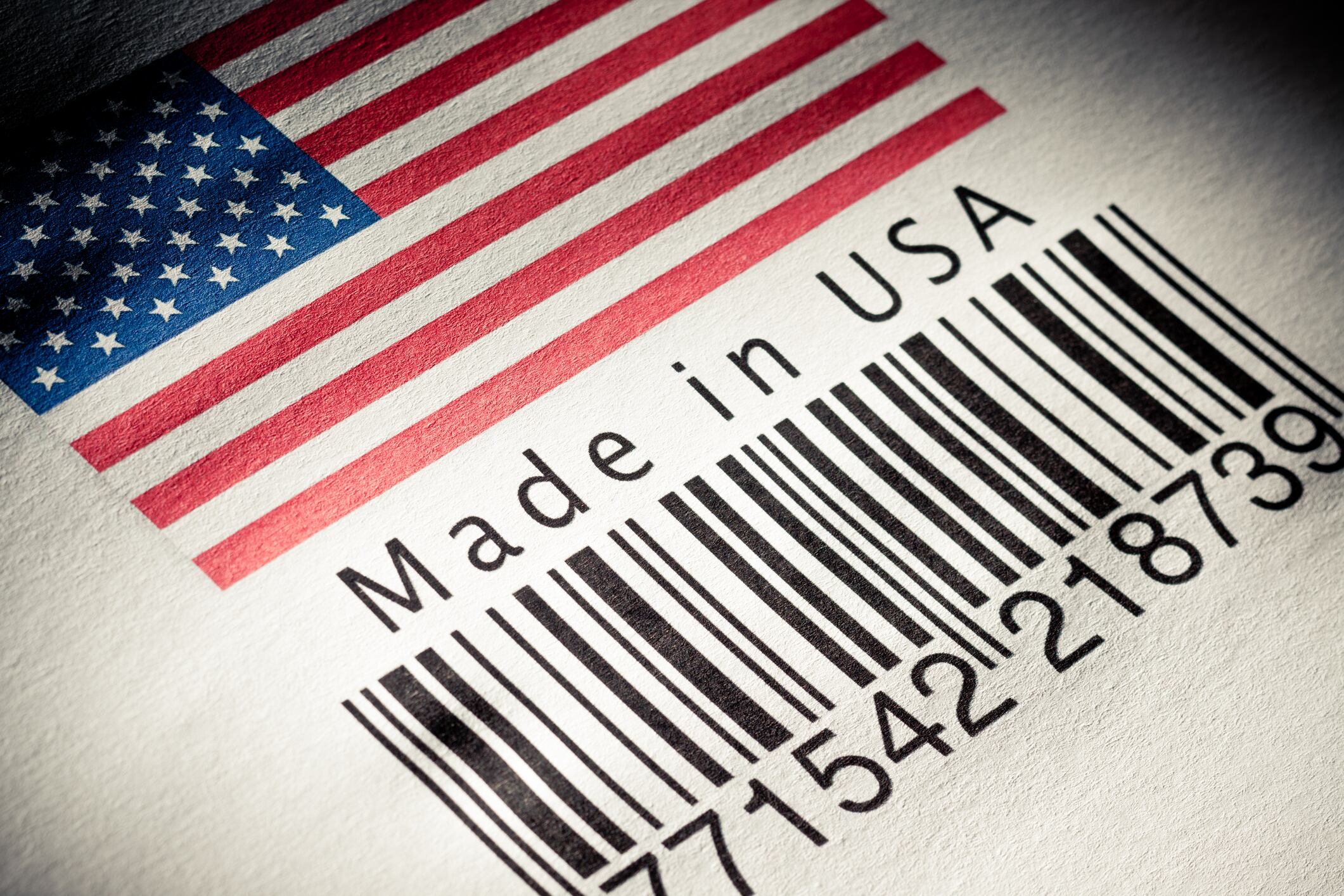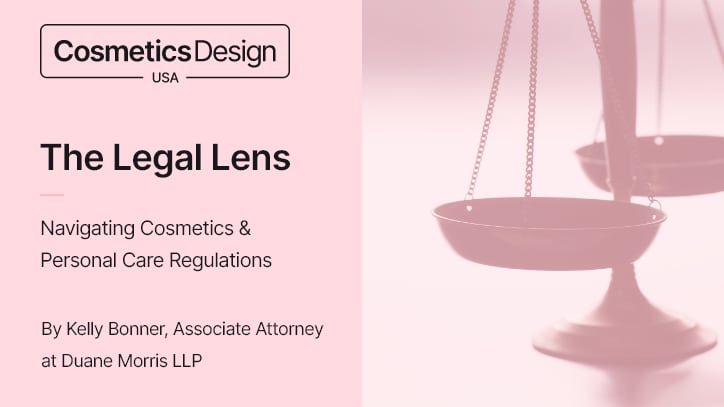“‘Made in USA’ claims have seasonless appeal,” Julia Solomon Ensor, counsel at Reed Smith and former “Made in USA” program manager at the Federal Trade Commission (FTC), told CosmeticsDesign US, “but around patriotic holidays, it is common for marketers to do an enhanced, themed push to promote US manufacturing.”
Ensor cautioned that such holiday-themed claims may overstate a product’s US manufacturing or content. July, designated as “Made in the USA Month” by the FTC, sees the agency closely monitoring potentially deceptive claims.
Understanding the FTC’s “all or virtually all” standard
The FTC employs an “all or virtually all” standard for “Made in USA” (MUSA) advertising, requiring minimal imported content.
“For more than 80 years the FTC has told marketers that consumers expect marketers making MUSA claims to be able to prove the products are ‘all or virtually all’ made in the USA, all the way back to raw materials,” said Ensor.
“MUSA-advertised products should contain no more than de minimis imported content,” she added, referring to negligible amounts that fall outside legal concerns.
The agency applies a “flexible factors” test to assess compliance, which includes:
- The proportion of foreign cost inputs,
- the position of those inputs in the manufacturing chain, and
- whether the foreign content is essential to the product’s form or function.
However, she cautioned, “if the product works only with the foreign content, or if that content is the ‘essence’ of the product, the marketer probably needs to flag that the product contains imported content.”
Common pitfalls and compliance missteps
Ensor identifies two frequent mistakes among cosmetics marketers. First is misunderstanding the FTC’s criteria.
“Marketers assume that because they have a factory in the U.S. and don’t have to label their products as ‘imported’ for Customs purposes, their products must be MUSA for advertising purposes. That’s not right,” she told CDU.
“If your product has more than de minimis imported content,“ she illustrated, ”advertising it as MUSA will deceive consumers and invite regulatory and class action challenges.”
The second pitfall is failing to revise advertising after changes to the supply chain. For example, she cited an FTC case involving Pyrex, where claims about US origin persisted despite production having moved to China.
While not a case that impacted the cosmetics or personal care product industries, it illustrates that “even if supply chain changes are temporary, you can’t advertise your products as MUSA if they’re actually imported,” she warned.
Heightened risk for deceptive labeling
Ensor emphasized that product labels carry added legal risk due to the FTC’s MUSA Labeling Rule.
“Because the FTC is not entitled to seek monetary relief in federal court for non-rule related violations of the FTC Act, this means errors on product labels have the potential to be much more costly than violations in non-label advertising,” she explained.
She also reminded manufacturers of FDA-regulated products, which include industry stakeholders in the cosmetics and personal care product industries, that labeling oversight may fall under the jurisdiction of both the FDA and FTC.
“Per a longstanding memorandum of understanding (MOU), the FDA generally takes primary responsibility for product labels and the FTC for non-label advertising,” she shared, “but that doesn’t mean FDA-regulated products are immune from FTC label review.”
Advice for effective use of qualified claims
To maintain transparency while showcasing US operations, Ensor recommended qualified claims as a strategic approach.
“Qualified claims – or claims that contain additional language explaining exactly what the marketer means – can be the most effective way for marketers to highlight US operations without deceiving consumers in the process,” she highlighted.
She provided examples, including “Assembled in USA,” “Made in USA of Imported Parts,” or process-specific statements like “Designed in the USA, Manufactured in [Country].” Brands can also focus on US investment or job creation without referencing product origin, she added.
“The best way to avoid misleading consumers,” she concluded, “is by giving consumers the clear, complete information they need to make informed purchasing decisions.”





